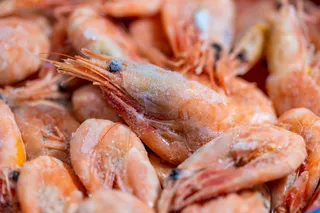(Credit: tommaso79/Shutterstock) If you wanna shiver right, you gotta exercise. That's the suggestion of a new study in The Journal of Physiology looking at how mice fared in the cold after they'd spent some time undergoing regular jogging sessions on a wheel. Compared to couch-potato mice, the fit mice lost less weight in the cold and had higher body temperatures. The findings reveal that physical fitness likely plays a role in how well we deal with chilly situations.
When our core body temperature drops, we respond in a few different ways. Hunched shoulders and goosebumps are the first step, and if that's not sufficient, our bodies switch to more overt methods of producing heat. Shivering is the most obvious one. Trembling limbs and clattering teeth are caused by tiny muscle contractions that burn up energy stores in our bodies. As the body breaks down the molecule ATP to fuel muscle ...














